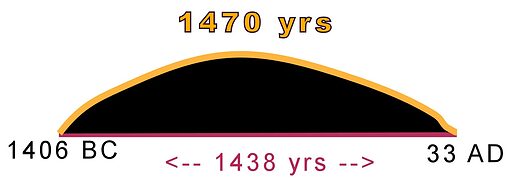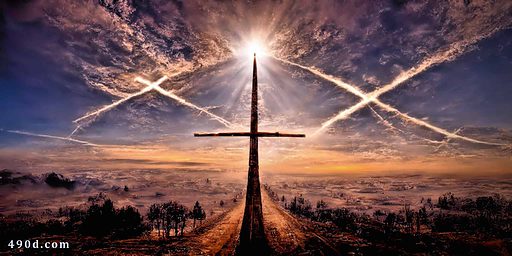According to secular understanding, chronology is the order in which events or dates occur. In the Bible, however, chronology is more than just a timeline of events. When combined with numbers, it forms a language.
Most cultures use the sun and moon to measure time; the Bible is no exception (Genesis 1:14-17). Even though different languages are spoken worldwide, all cultures use the same celestial bodies to keep track of time. Over time, people developed this numeric language by calculating cosmic cycles and measuring human body parts.
The Bible fully uses the language of time. It continually weaves numbers and timelines into the narrative. This relationship between numbers and narrative begins at the Bible’s beginning, with the world’s creation. The first chapter of the Bible establishes the language of chronology. This relationship is demonstrated in the video below.
Genesis is like a seed
The Book of Genesis is actual history, but it becomes more condensed the further one looks back. The earliest chapters are like a seed, but by the end of the Bible, it has grown into a tree “bearing 12 fruits for each month of the year” (Rev. 22:2).
The Genesis chronology is saturated with meaning and is arranged like a fractal.
Bible chronology is like a fractal, with Christ the center
The chronology of the Bible is a fractal. It repeats, but never in exactly the same way, always appearing larger and smaller, complex yet simple. The fractal leads to and flows from Christ.

Peaks and valleys express time in the Bible
In the Bible, time is not always linear. All of creation, including space and time, is curved. This means that the chronology of the Bible can also be curved.
God can manipulate time as the creator of both the Bible and time. This is shown in Matthew 24:22, 2 Peter 3:12, and Enoch 80:2, where the passage of time is stretched or shortened.
TimeSpan #1
From the Promised Land to Christ

This will be explained soon.

